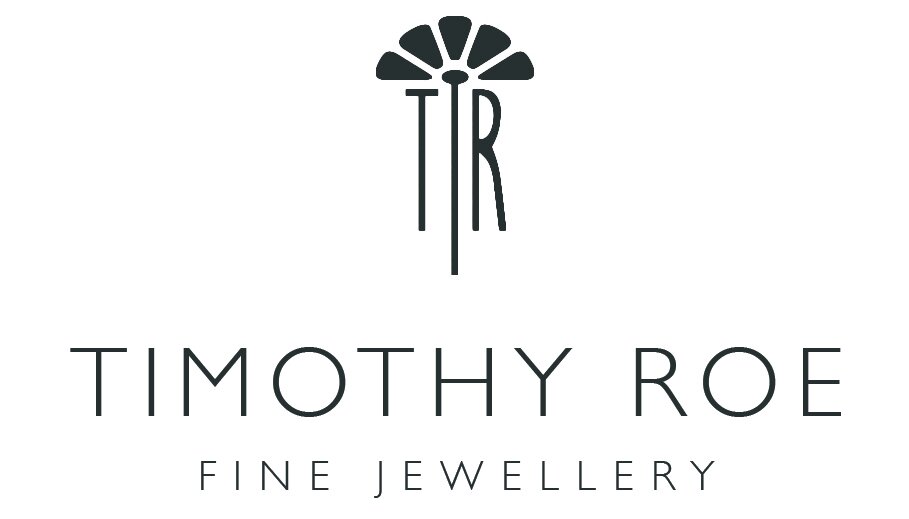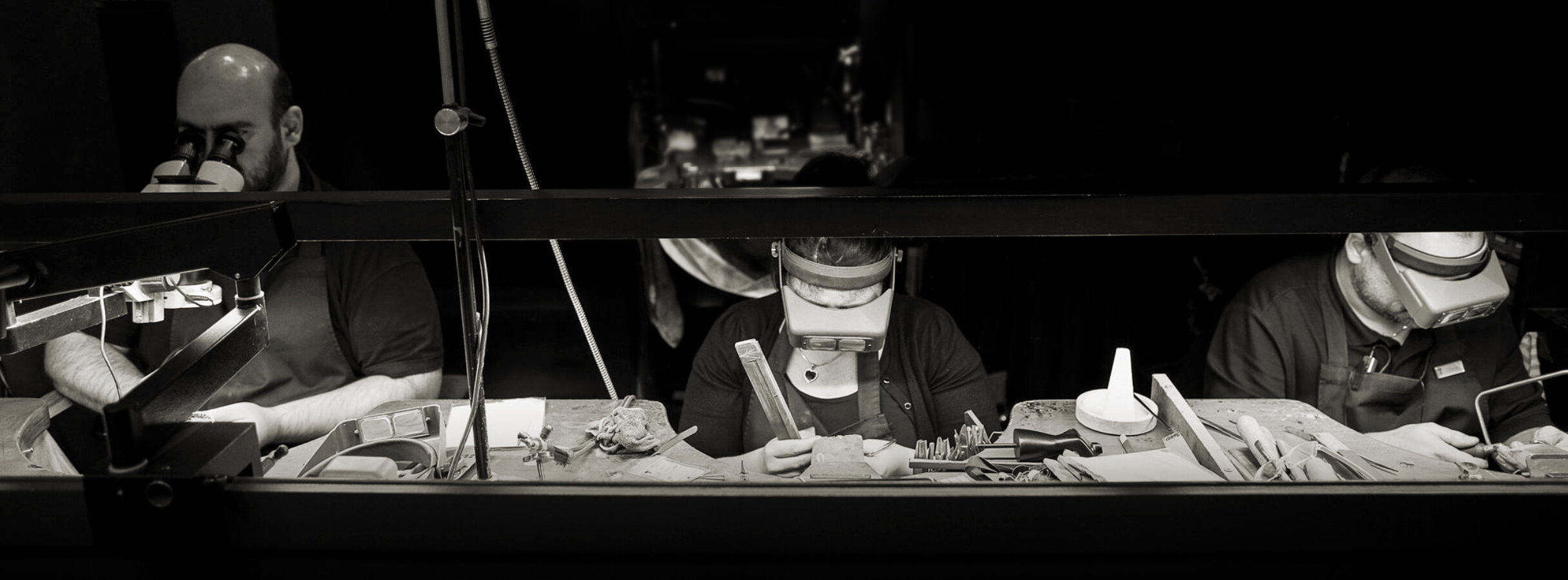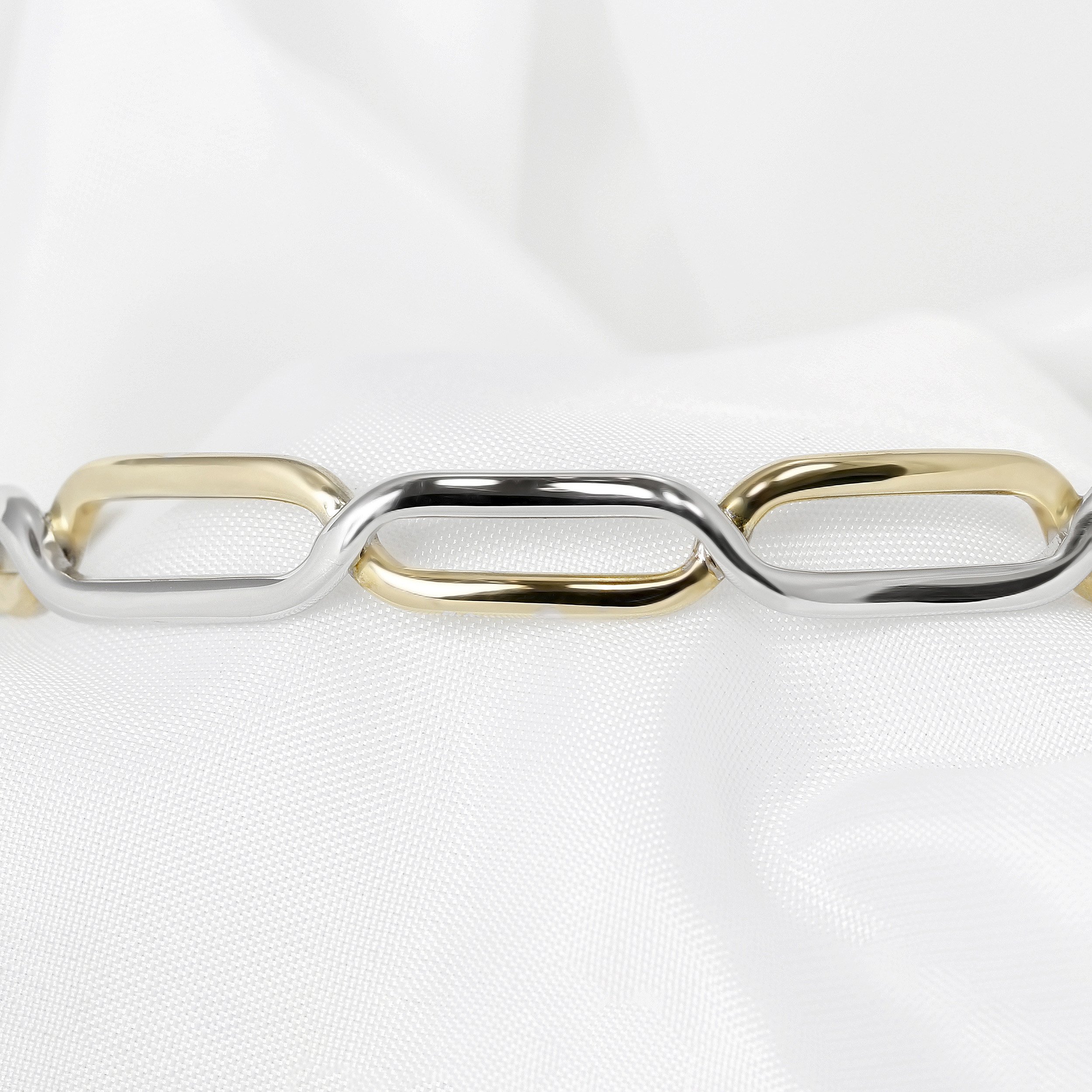What Does Carat Mean in Gold? An Expert Guide
“11.2 million – If all of the existing gold in the world was pulled into a 5 micron thick wire, it could wrap around the world 11.2 million times.”
Gold Facts, World Gold Council, Gold.org
187,200 tonnes or 90% of the world’s gold has been mined to date, and 49% of that has been made into jewellery. The history of gold spans back centuries and has been admired for its intrinsic value, its durability and historical and cultural significance, from gold investments, religious ornaments and artwork to jewellery and has even been used in the form of edible gold-leaf decorations in gourmet cuisine.
When it comes to jewellery, we love all the metals. Whether it’s yellow gold, red gold, white gold, platinum or silver, plain, hammered, patterned, set with diamonds or coloured gemstones, we love everything and every piece that we craft, restore and work on is special. We have been working with precious metals for a long time, and there isn’t much our team of experts doesn’t know about them.
But for newcomers to precious metals and jewellery, you might have a few questions, so we have put together a guide with precious nuggets of information to help you understand gold, its carat numbers and its colours.
What We’ll Cover
What does carat mean in gold?
How many carats is pure gold?
How to know what carat your gold is
Comparing different types of gold
Explaining recycled gold jewellery
Deciding which gold is best
What Is a Carat in Gold?
When we talk about gold in jewellery, carat (ct) refers to its purity, not its weight – which is measured in troy ounces (31.1 grams); this is a common point of confusion, as gemstones are also measured in carats, but in terms of their weight. The purity of gold is calculated in relation to the other alloy metals it is mixed with. The lower the carat, the less gold is mixed in with other metals.
Gold in its purest form is beautiful but impractical for everyday wear. If we were to wear pure gold jewellery, it would bend, break, scratch, dent, and change shape too much due to its malleable structure. To create fine jewellery that can stand the test of time, it’s often alloyed with metals such as silver, copper, zinc, or palladium. These not only strengthen the gold but also subtly shift its colour. For instance, lower carat gold, like 9ct or 14ct, often takes on a slightly darker, yellow-orange tone compared to higher carats.
How Many Carats Is Pure Gold?
Pure gold is 24 carat, meaning it contains no other metals – just 100% gold. It is very soft and as bright yellow as butter. Its malleable structure makes it unsuitable for most jewellery. However, its purity makes it ideal for investment purposes, which is why gold bullion bars are typically made from 24 carat gold. It’s the highest standard of gold available.
Which Is Harder, 9ct or 18ct Gold?
When it comes to hardness, toughness and durability, different carat values will have different strengths for these three categories. Usually, other metals are added to gold because pure gold is very malleable and quite soft (3 on Mohs’ scale), and therefore pure gold at 24ct (999.9) would not be good for jewellery items that might have heavy daily wear and tear, such as rings. Gold in its pure form, however, does not tarnish nor oxidise, and retains its yellow colour. It is a common misconception that 9ct gold is harder-wearing than 18ct gold. Although 9ct might be harder with the other harder alloy metals mixed in, those other metals will, in time, oxidise and become brittle. 18ct gold is, in fact, more durable; although 18ct gold is softer, it does not oxidise as much because it has fewer alloy metals and is, as a result, tougher.
How Do I Know What Carat My Gold Is?
The easiest way to find out the carat of your gold is to look for a hallmark, usually stamped on the inside of a ring or discreetly on other jewellery pieces. In the UK, hallmarking is a legal requirement for gold items above a certain weight. The hallmark will show a number like 375 (9ct), 750 (18ct), or 916 (22ct), indicating the purity. If there’s no visible stamp or you’re unsure, a professional jeweller can test it for you, and some also offer valuations. At Timothy Roe, we’re always happy to examine your piece and provide honest, expert advice about its carat and value.
The Different Types of Gold
Gold comes in a variety of carats and colours, each offering its own unique look, feel, and durability. Here’s a guide to understanding the different types of gold.
What is the difference between 10ct, 14ct, 18ct, 22ct and 24ct gold?
Thinking outside the box for a second, consider a cookery book. Sometimes recipes will call for one part of this to 2 parts of that. When you’re baking a cake, you’ll have different weights and measurements for different ingredients to create a particular desired outcome, and this is similar to creating the carat content of gold in jewellery.
The gold content is usually referred to in percentages:
8 carat = 33.3% (Germany, Denmark, Greece)
9 carat = 37.5% (England and Canada)
10 carat = 41.7%
14 carat = 58.5%
18 carat = 75%
20 carat = 83.3% (Asia)
22 carat = 91.7%
24 carat = 99.9%
So a chain, for example, that is hallmarked as 18ct gold is made up of 75% gold and 25% of other metals.
Fineness is another way to measure gold content in parts of 1000. It is not uncommon to see the fineness hallmarked on jewellery items such as 750 instead of 18ct/kt.
The following are the common standards of fineness that are used:
.333 = 8 carat (Germany, Denmark, Greece)
.375 = 9 carat (England and Canada)
.417 = 10 carat
.583 (.585) = 14 carat (rounded up slightly in Europe to 585)
.750 = 18 carat
.833 = 20 carat (Asia)
.917 = 22 carat
.999 (1000) = 24 carat pure gold
A ring hallmarked in .333 gold means there are 333 parts of gold out of 1000. The other 666 parts are made of other metals. This is the same as 33.3% meaning 8ct.
As you can see, whether measuring in carats or fineness, the percentages and parts equal the same. Countries set a legal minimum standard of caratage for an item to be labelled as gold, and this standard might vary across countries. In the UK, 9ct is our legal minimum standard.
If you have bought jewellery abroad, you might have noticed that the hallmarking is different; some do not have a hallmark at all, and others prefer to use different carat values than what you are used to. In Germany, for example, .333 (8ct) and .585 (14ct) are popular in most jewellery stores unless you go to a Goldschmied (goldsmith jeweller) directly. America tends to use .585 (14ct), whereas in the UK, you will mostly find jewellery in .375 (9ct) and .750 (18ct). This is likely due to supply and demand, popularity and fashion and affordability. Gold costs a lot of money, and the higher the amount of pure gold that goes into a piece of jewellery, the more expensive it will be.
What Is the Difference Between Yellow Gold, White Gold and Red Gold?
Yellow, white and red gold are all variations of gold mixed with other alloys, giving them different colours. The carat content of gold remains the same regardless of colour, so an 18ct yellow gold item will have the same amount of pure gold in it as 18ct white or red gold. It is the other additional metals that are mixed with it that affect the overall colour.
Yellow Gold: This is the most traditional and natural colour of gold. Pure gold is naturally yellow in colour, but it's too soft to be used in jewellery, so it's often mixed with other metals to increase its durability and strength. The most common metals mixed with gold to create yellow gold are copper and silver. Higher carats will look brighter and lighter yellow than lower carat values.
White Gold: White gold has become increasingly popular in jewellery in recent years, particularly in the US. It is made by mixing gold with white metals such as palladium or silver, and is often plated with rhodium to enhance its whiteness and durability. This gives it a silvery-white appearance, resembling platinum or silver. White gold needs to be re-rhodium plated every so often to maintain its silver-white finish.
Red Gold: Red gold, also known as rose gold, has a warm, reddish-pink hue. It is created by mixing gold with copper, which gives it its distinctive colour. The higher the copper content, the stronger the reddish tint will be. Rose gold has gained popularity in contemporary jewellery design due to its romantic and vintage appeal, but was common during the war years (WW2) due to a lack of gold availability, and it is still popular in Eastern European countries as it is more affordable.
Recycled Gold
Sometimes customers ask us to make new jewellery from existing pieces, and this is always an exciting and wonderfully creative opportunity to work together.
In order for our customers’ metal to be deemed usable, we have to be sure of the purity and consider the object that is to be made. Generally, we wouldn’t use customers’ gold if we have to cast new pieces. If the alloys do not match when we add additional metals, it can cause the resulting cast to be brittle, porous, or even to fail completely. Remember the cake recipe analogy: if you don’t know what ingredients are in the mix or do not follow a tested recipe, you might end up with an unsuccessful bake. We can, however, use existing yellow gold pieces if we are making something completely bespoke by hand, and there are several options for different pieces. Our goal is to always make the best quality product possible in the most cost-effective way.
We also need to be careful using older white gold pieces, as they can have nickel in them, which under EU law is now not allowed as it is an allergen. And some recipes for white gold have higher levels of palladium in them than others, which have more yellow gold and silver, which makes it harder to work and has different melting temperatures. Platinum can be tricky to reuse as well due to its higher melting point and chemical properties, making it more brittle when recast for a second time. The variations on the alloy of the supplied metal will need to be assessed, but as a general rule of thumb, we won’t reuse white metals. You can, however, scrap these against the cost of remaking your jewellery, and we would supply new gold or white metals.
It is easier for us to work in yellow gold; we can add to it, lower or increase the carat amount, and it gives us more options, and we do many melt-and-makes with yellow gold, but again, we always need to assess the suitability and consider all viable options first when you ask us to repurpose your treasures.
Which Gold Carat Is Best?
Honestly, there isn’t one correct answer. The ‘best’ gold largely depends on personal preferences, as well as factors such as what you want to use it for, your budget, and the desired characteristics of the metal. Each has its own unique properties and appeal. Gold is resistant to tarnishing, corrosion, and rust, making it ideal for jewellery, but as to the colour and carat you choose? That is a personal individual choice, and what is best for you might not be best for someone else.
If you have sensitive skin and allergies to metals, the higher carats will be better. Gold is hypoallergenic and non-irritating, so the higher amount of pure gold you have in an item, the less chance you’ll have of skin irritations.
Depending on your lifestyle, hobbies and activity levels, you might want to choose a metal with harder alloys in it if you are outdoorsy or have a job with manual tasks. 9ct gold is potentially harder, but it can be more brittle, and its longevity might be shorter than 18ct gold, depending on what it is being made into.
Do you want the piece of jewellery for everyday wear or special occasions?
Is it going to be knocked more (like a bangle on the wrist) or taken on and off regularly (like earrings)?
Is it going to hold precious gemstones, and if so, which ones and which colours?
What colour metals are you drawn to most?
Does your skin have a warm, cool or neutral undertone? Some argue that warm skin tones wear yellow and red gold best, whilst cool skin tones suit white metals more. But ultimately, it is just about what you like and what makes you feel confident.
Try on different shades, colours and carat weights of gold to see which one you feel most confident and comfortable wearing. Ultimately, the best colour of gold is the one that makes you feel beautiful and reflects your personal style.
There are many factors to consider when choosing the right colour and right carat, so don’t hesitate to ask us. We can help narrow down your options and guide you in the right direction for the desired piece you are looking for.






